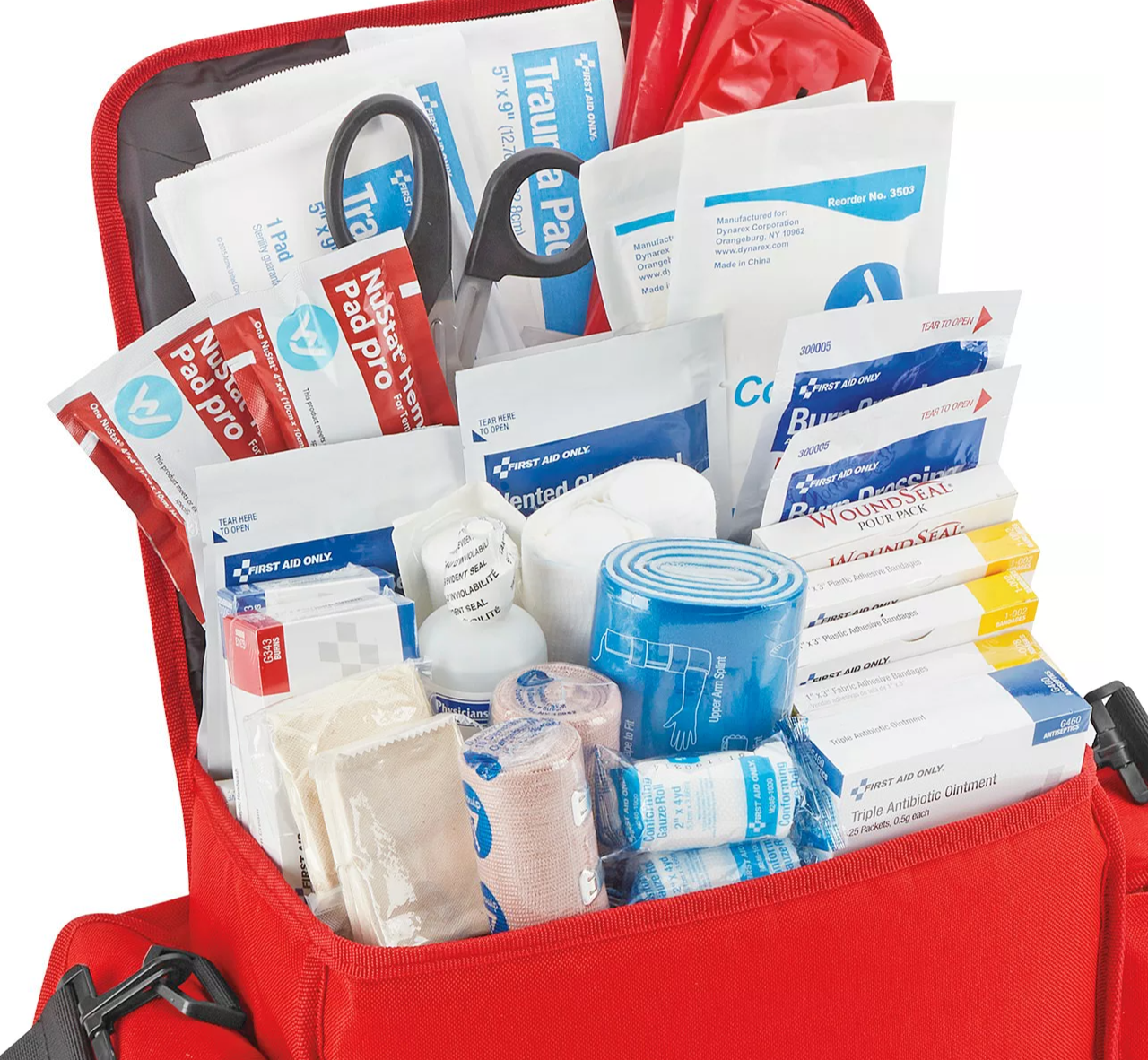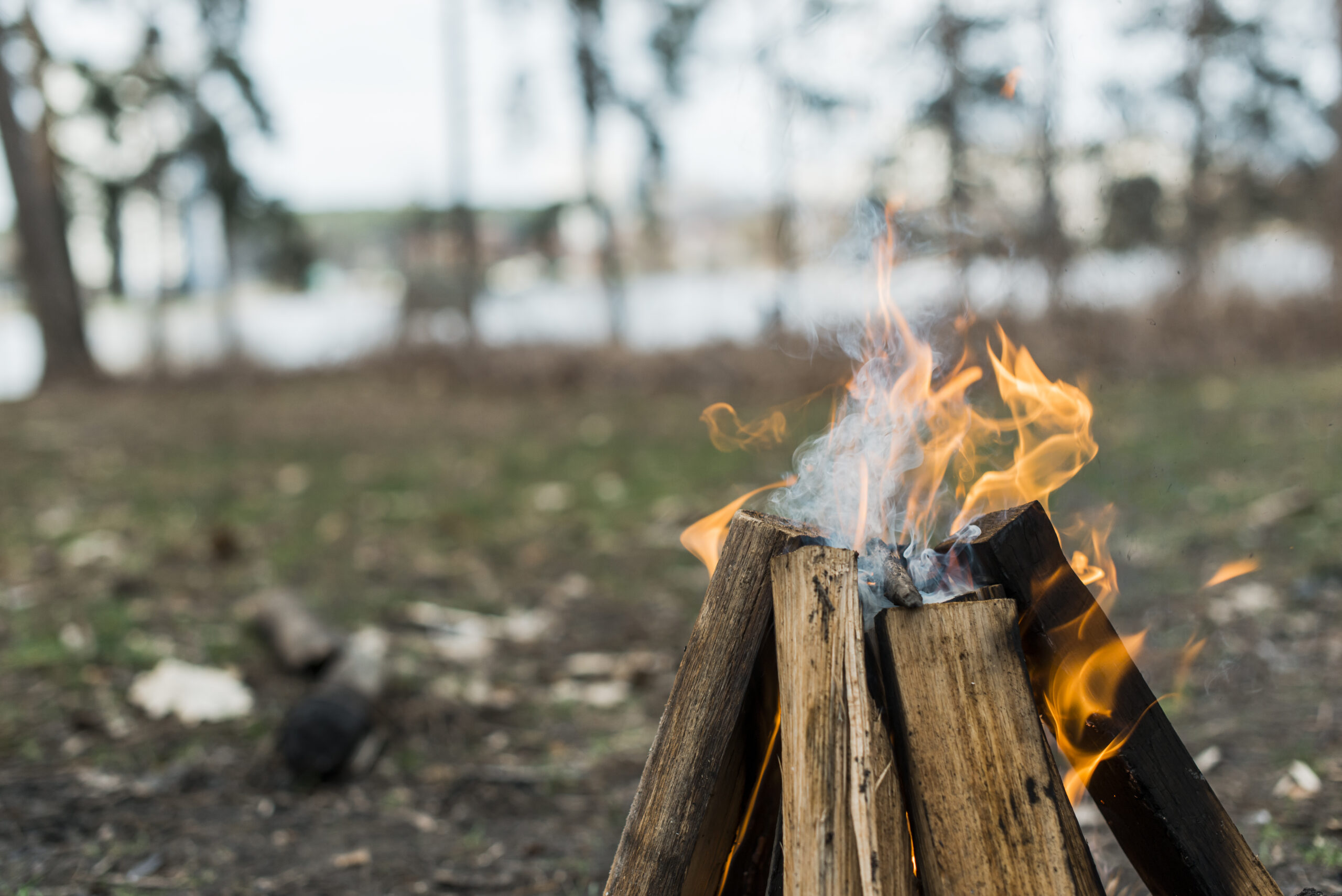The clock is ticking, and every breath could be their last. A sucking chest wound isn’t just a medical emergency—it’s a race against time. Whether caused by a knife, a bullet, or a sharp piece of debris, this injury turns the chest into a leaking vacuum, collapsing the lung with every gasp. Do you know how to act when seconds matter most? Let’s break down the critical steps to stabilize someone in this life-threatening situation.
Trauma is inevitable. Unfortunately, at some point in our lives, we are bound to endure some sort of trauma ourselves or involving someone close to us. Being prepared for whatever may happen is critical. In a previous post, I walked through what it looks like to build your own trauma kit to keep on standby. If you haven’t read that yet, be sure to check it out here.
As mentioned earlier, a sucking chest wound could have any number of causes. What’s more important than the cause is the action you take in the first moments. A sucking chest wound is a penetration injury to the chest that is letting air in or “sucking” every time the person takes a breath. Every breath they take, air is coming in around their lungs and limiting their ability to get a full breath. Quite literally, every breath they take is suffocating them even more. We need to act fast to limit their suffering until we can get some professional medical attention.
The first step in care for a sucking chest wound is identifying that’s what is actually going on. There are a few signs that should make you think that it may be this type of injury: penetrating trauma, difficulty breathing, and you may or may not hearing the air being sucked in when they breathe. Sucking chest wounds can lead to a collapsed lung if not treated immediately. When the lung collapses, the injured person will be gasping for air, possibly blue around the lips, and if you had a stethoscope, you would have an absence of breath sounds on the side affected. Let’s get to the next step to keep this from happening.
The next step is clearing the injury site. Cut away clothes if you have to. Clean the site, if possible.
After that, we are going to apply our dressing. Now, if you have your trauma kit, you will grab your chest seal, apply it, and your golden. If you don’t have a chest seal with you, there are other options. For the dressing itself, you’ll need something impermeable to lay over the wound so as not to let air get sucked in. To apply your dressing of choice, you’ll need some tape. Tape the dressing on 3 sides and leave one open. This will essentially create a flapper that’ll let air escape the wound if needed, but it won’t let air get in and collapse the person’s lung.
Once you’ve applied the dressing or chest seal, every breath they take will hopefully let some air escape. Their work of breathing should get easier, and they’ll find some relief.
That’s it! You did it. Your quick actions quite literally could have saved this person’s life.
The next thing this person needs is an ambulance to get to the hospital. Now, hopefully this goes without saying, but the ACTUAL first step in this situation is to call 911. Get the ambulance on the way, and then start your care. Or, if you have someone else with you, have them call while you work.
A sucking chest wound can be a scary injury, but I hope this has made it easier for you to grasp how simple it actually is to help someone with this type of wound.
Hopefully, you never have to use this skill, but you’ll be damn glad you have it in the toolbox if the time ever does come.
If you want to learn some more first-aid skills, check out some of our other posts.








